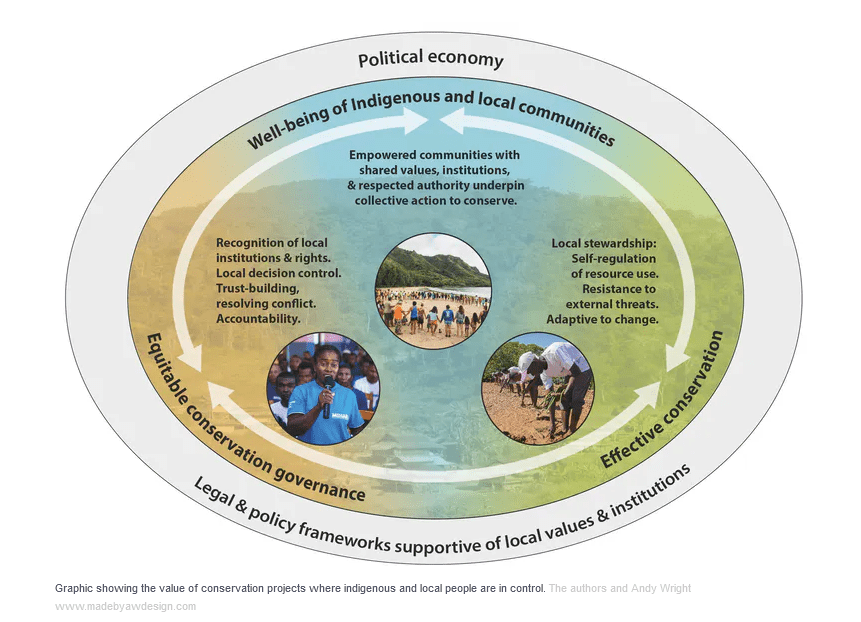Toner Mitchell of Trout Unlimited wrote this op-ed about the Santa Fe issues…he posted it as a comment but I thought it deserved its own thread because it represents the fish perspective (we don’t seem to hear from those folks as often as vegetation and wildlife folks) as well as a broader vision.
It also troubles me that the cutthroat’s life cycle overlaps significantly with the owl’s, their young being born and reared in the late spring and early summer. Historically, that’s when fires spawn as well, only these once-normal fires are now turbocharged by the combination of climate change and past mistakes.
Anyone who’s observed the aftermath of Las Conchas and Whitewater Baldy knows how high-severity fire cripples trout streams. Even without fire, streams are warming quickly. With fire, we see denuded riparian zones, springs gouged out by floods, aquatic insects buried by silt and ash. In many cases, these impacts are for keeps, rendering streams incapable of supporting the organisms that once lived there.
These problems on our landscape are becoming too profound to be laid solely at the feet of our scapegoats, be they “vindictive,” “cynical” or otherwise. We all bear responsibility for how these problems came to be. We are equally on task for how they should be fixed. Our forests aren’t as resilient as they once were. We must manage our forests for the broadest community of nature and people, for owls and trout, for grass to be grazed and firewood to heat our homes.
Precision and proper scaling must govern all of our forest management practices, not only our actions toward the land but toward each other. And no, we shouldn’t let high-severity fire just happen. It may have its ecological place, but so does the judicious application of thinning and prescribed fire.
He also said in a comment:
Left out of this discussion is the active forest treatment being conducted by New Mexico tribes. The Pueblo of Tesuque is a participating stakeholder in the Santa Fe project. Indeed they collaborated with USFS on the Pacheco Canyon treatment that contributed positively to bringing last summer’s Rio En Medio fire to the ground. It was a beautiful treatment, leaving plenty of logs on the ground, standing snags, lots of horizontal and vertical heterogeneity. Just this past weekend, I saw smoke from a burn on Picuris Pueblo land. Taos Pueblo is doing it too, and all of the pueblos are working in partnership with land management agencies. The Santa Clara Pueblo is still cleaning up after the Las Conchas fire devastated their watershed, previously a significant source of tribal revenue from recreational fishing. It’s notable that cooperation from tribes never enters the conversation. Acknowledging tribal support could raise the issue that in spite of our very public claims that we respect tribal sovereignty (and historic use of fire as a tool to promote land health), we might actually dishonor it if we choose the wrong path.
It would be interesting to have the conversation directly about what are the characteristics of judiciousness that different folks in Santa Fe support? We did try that a while back and you can see a good discussion among many of us with Sarah Hayden here.



